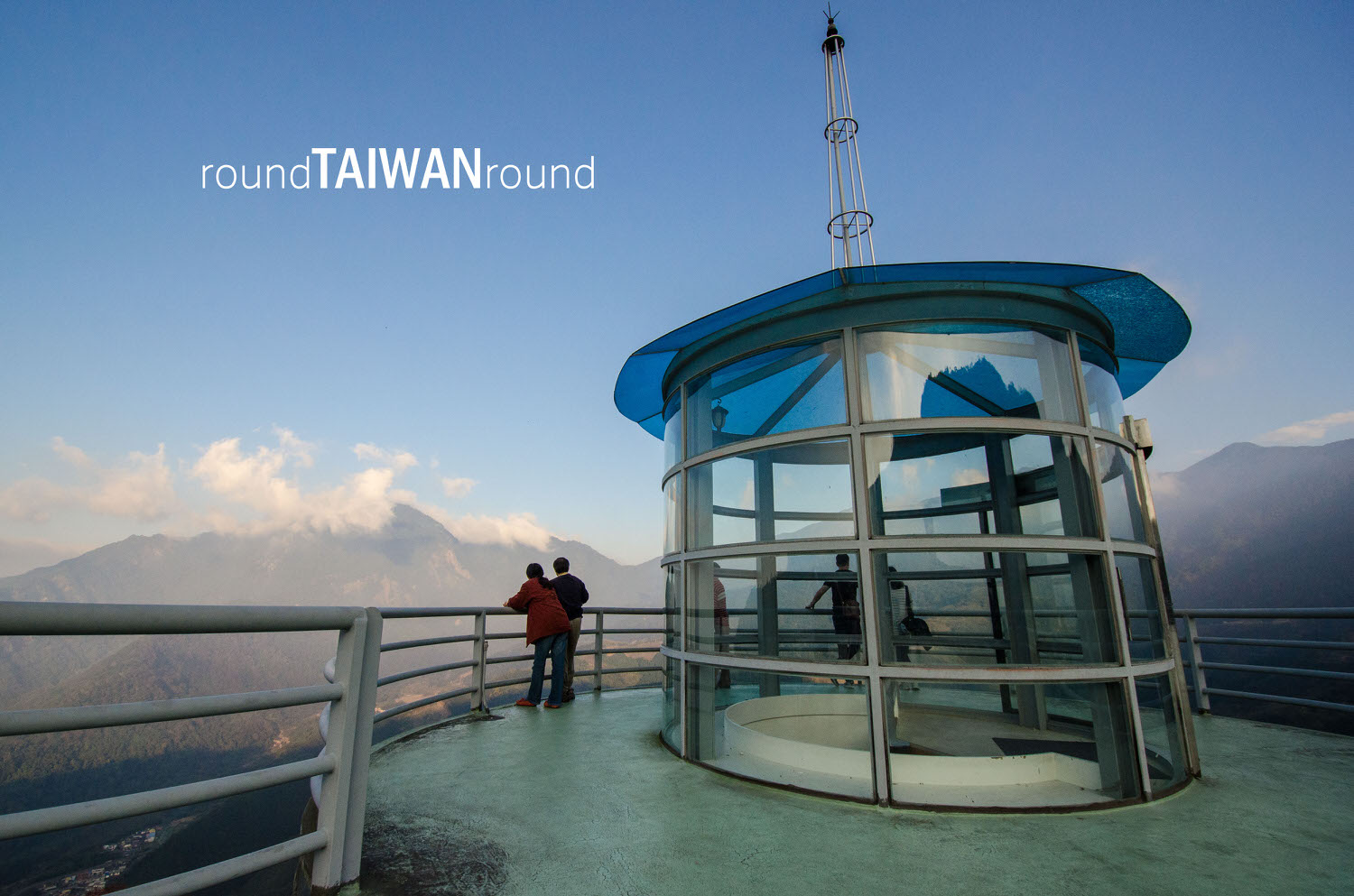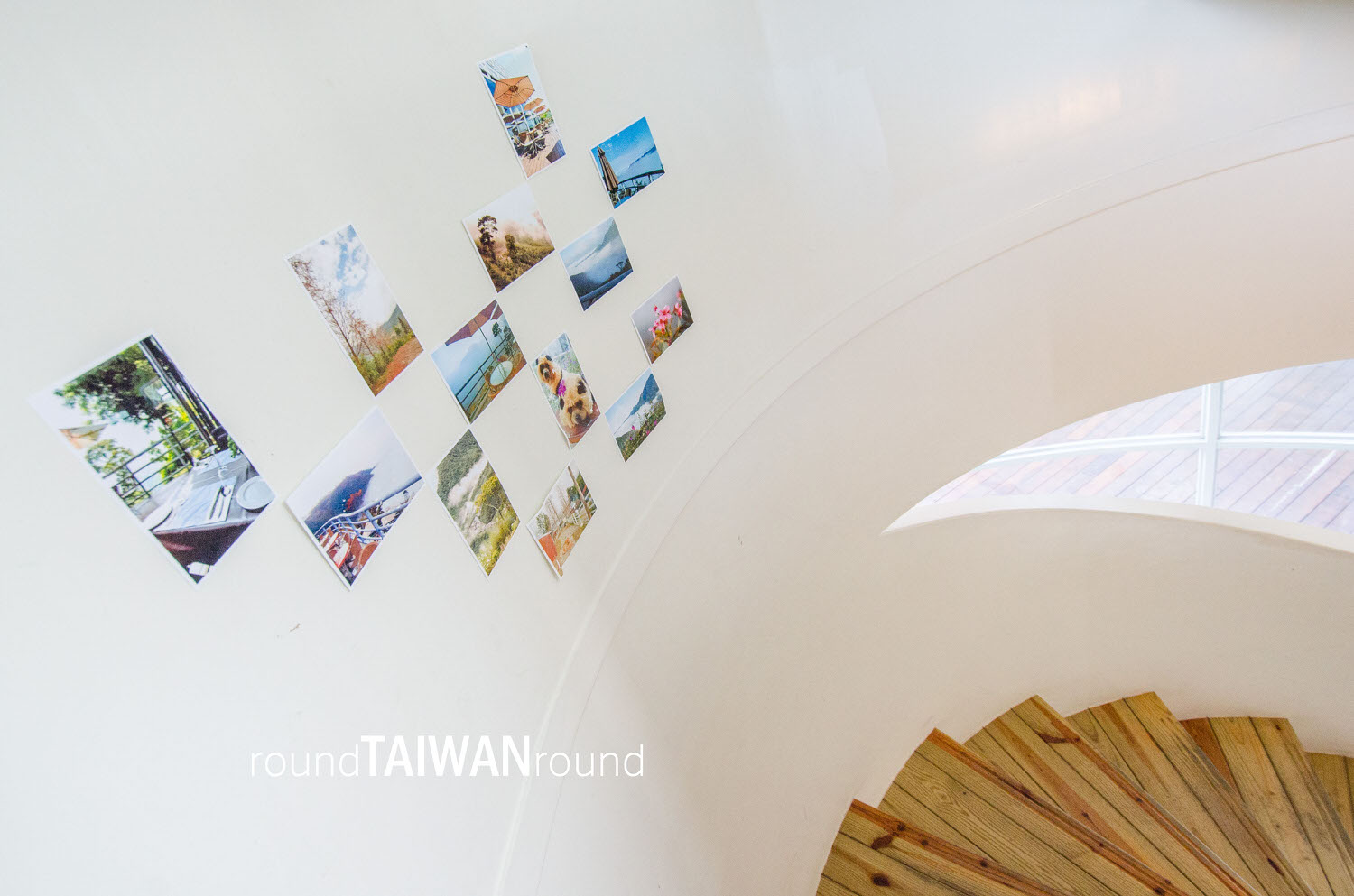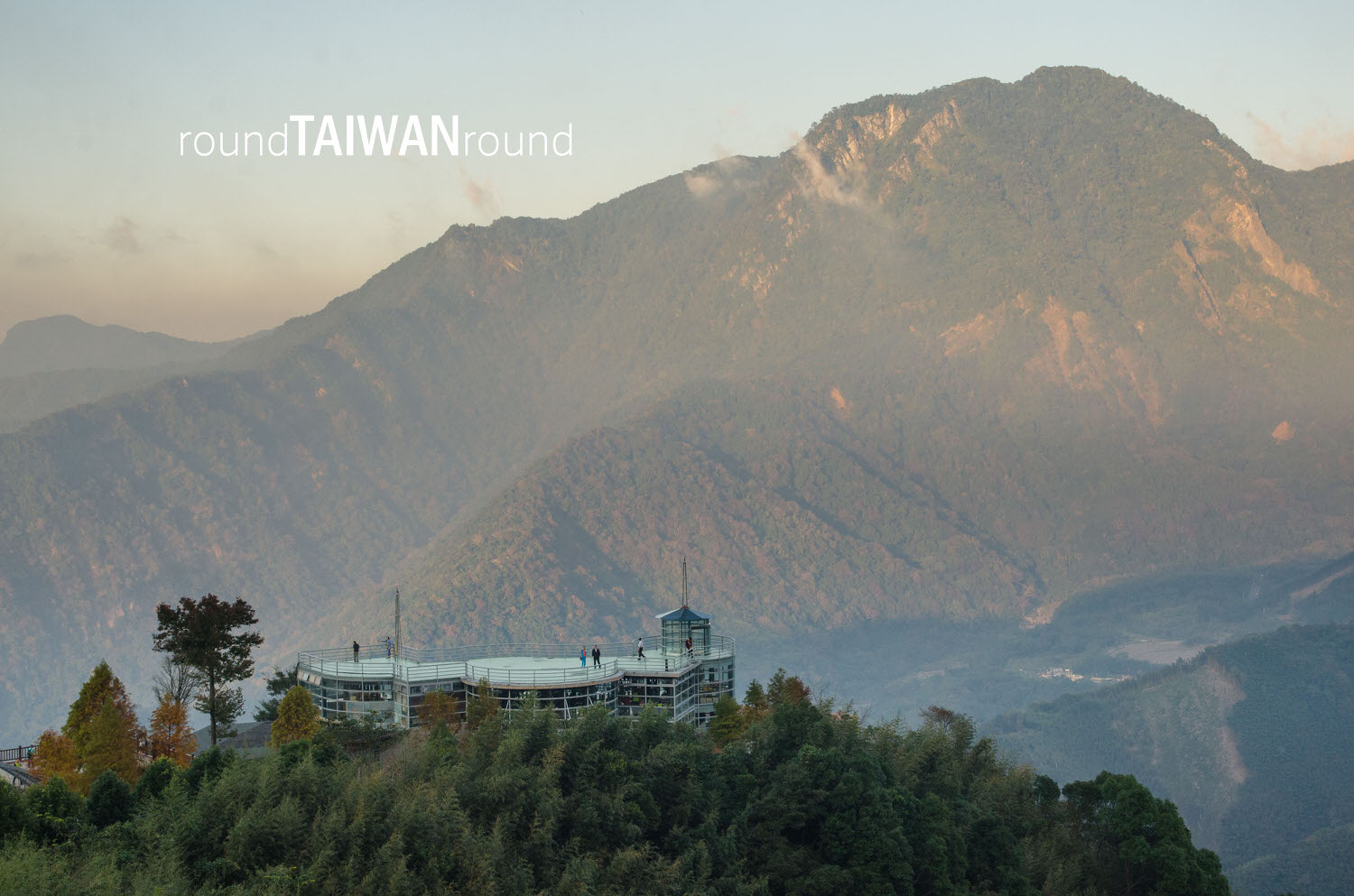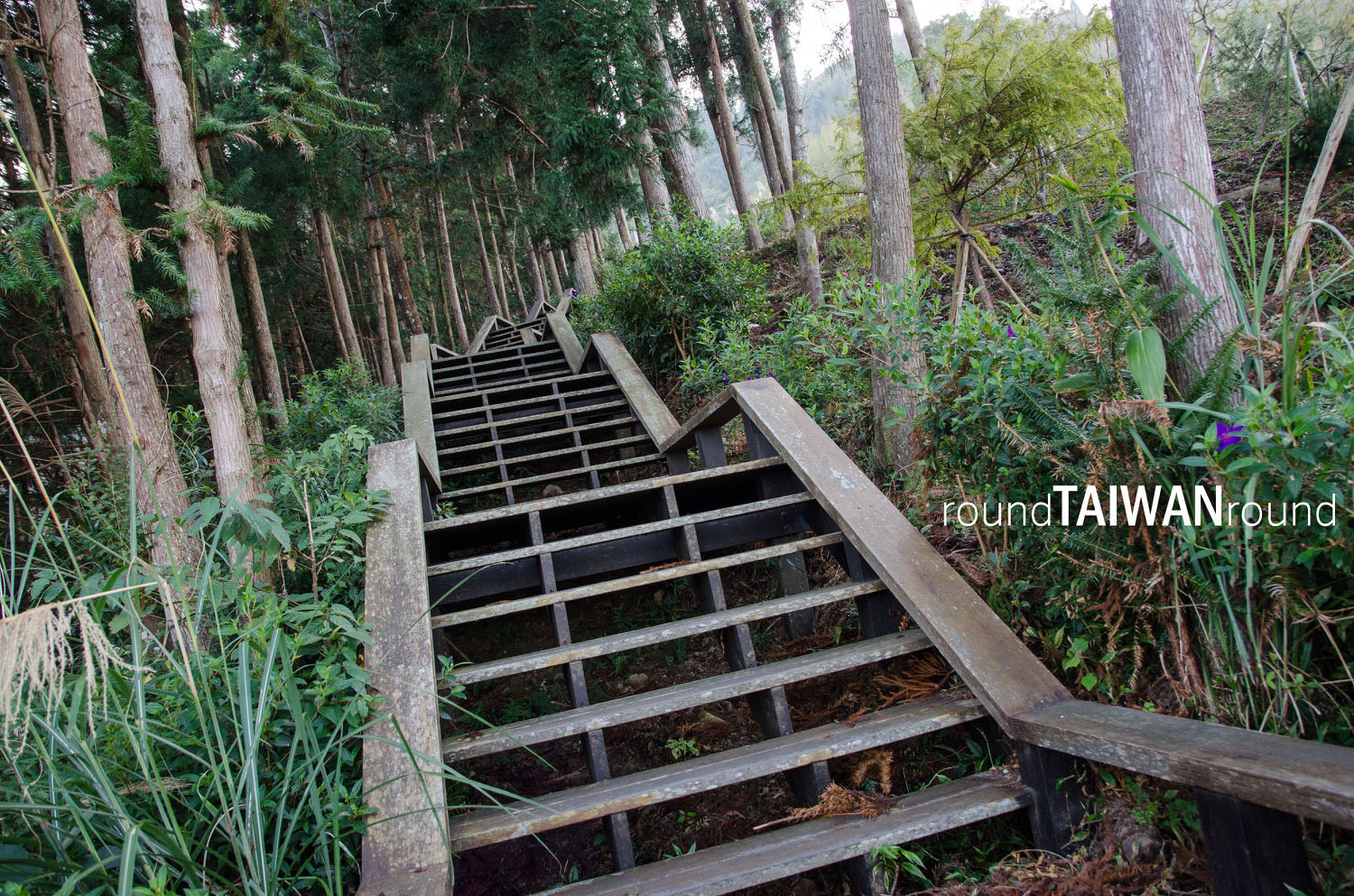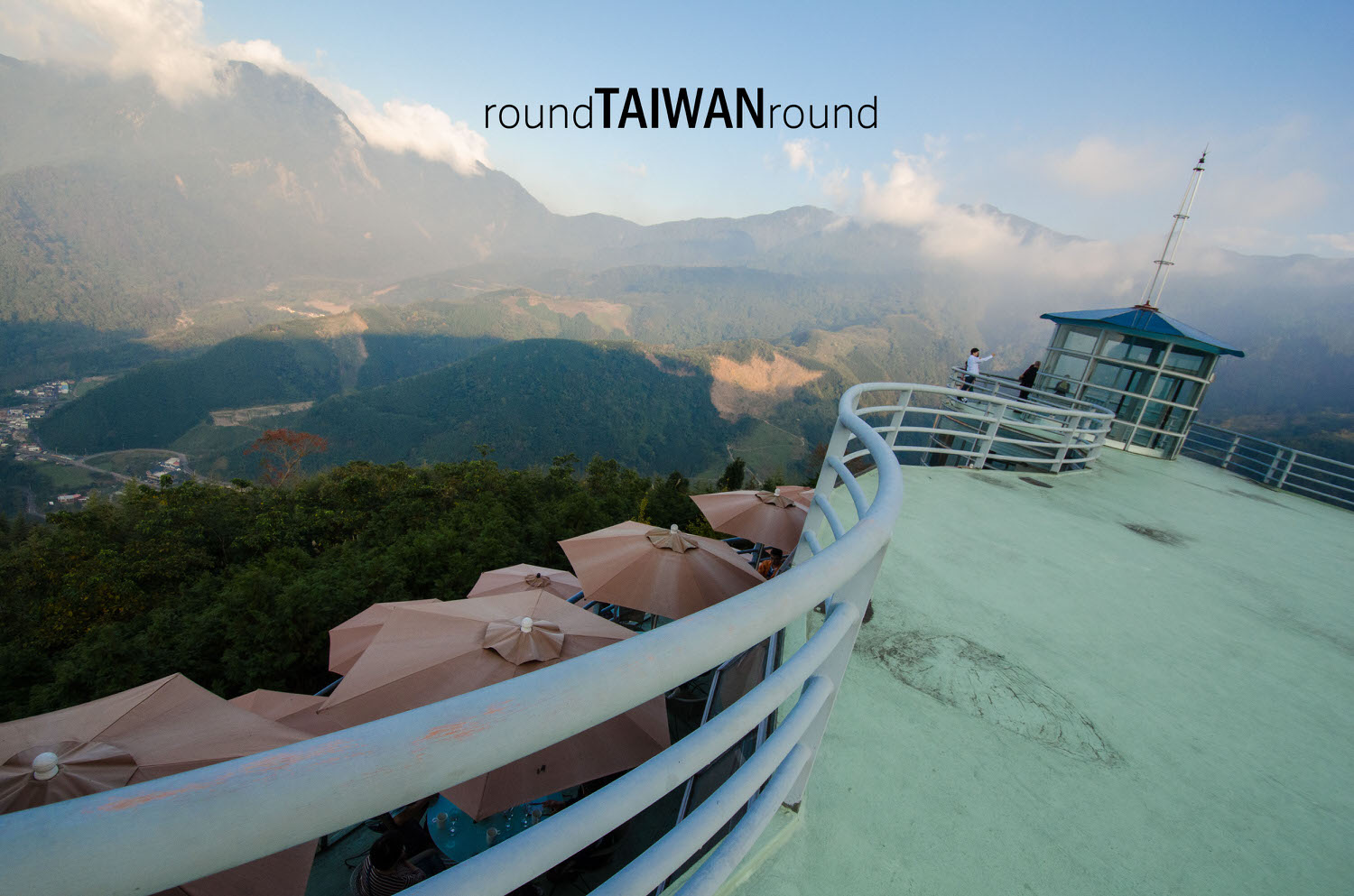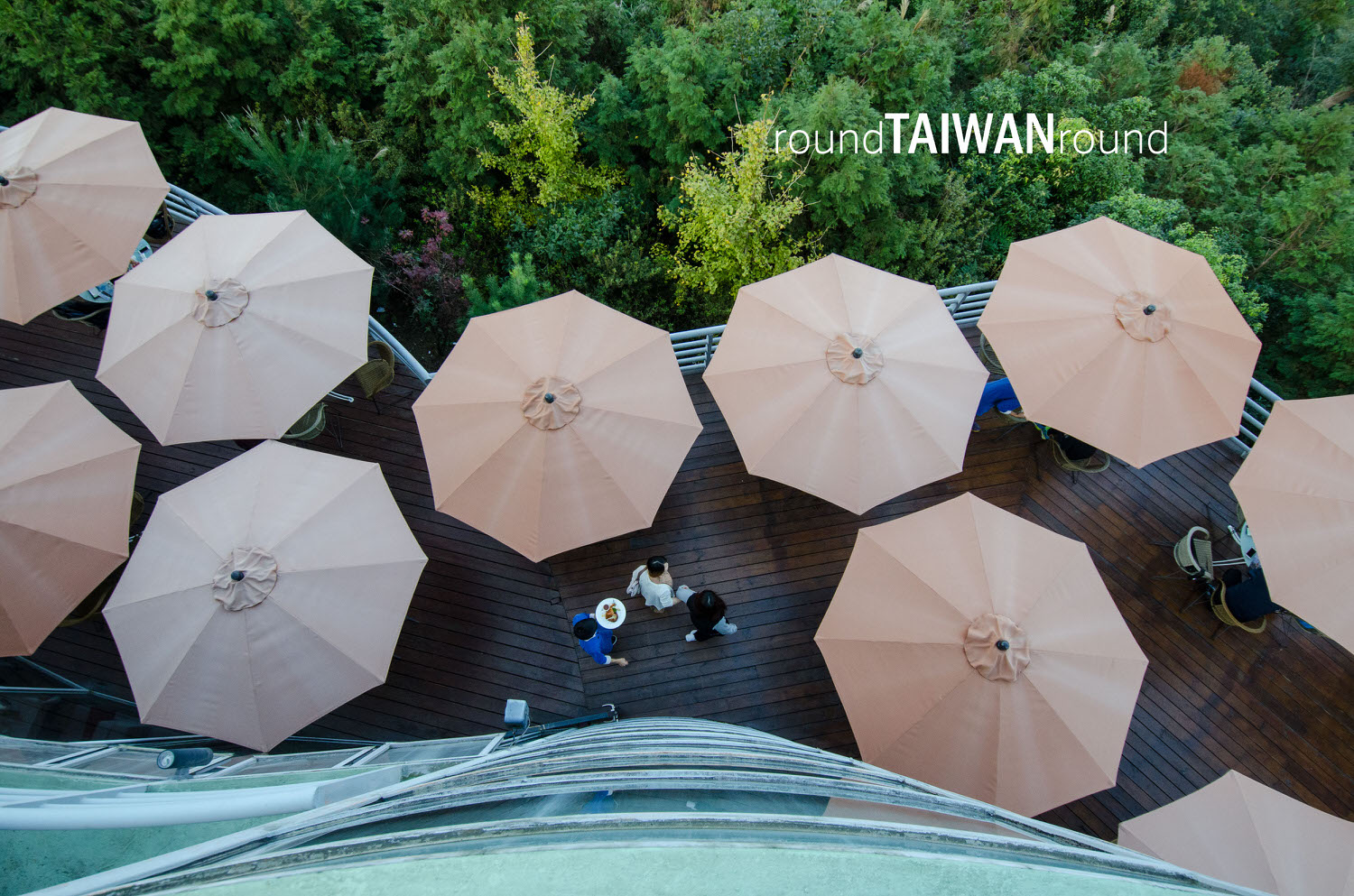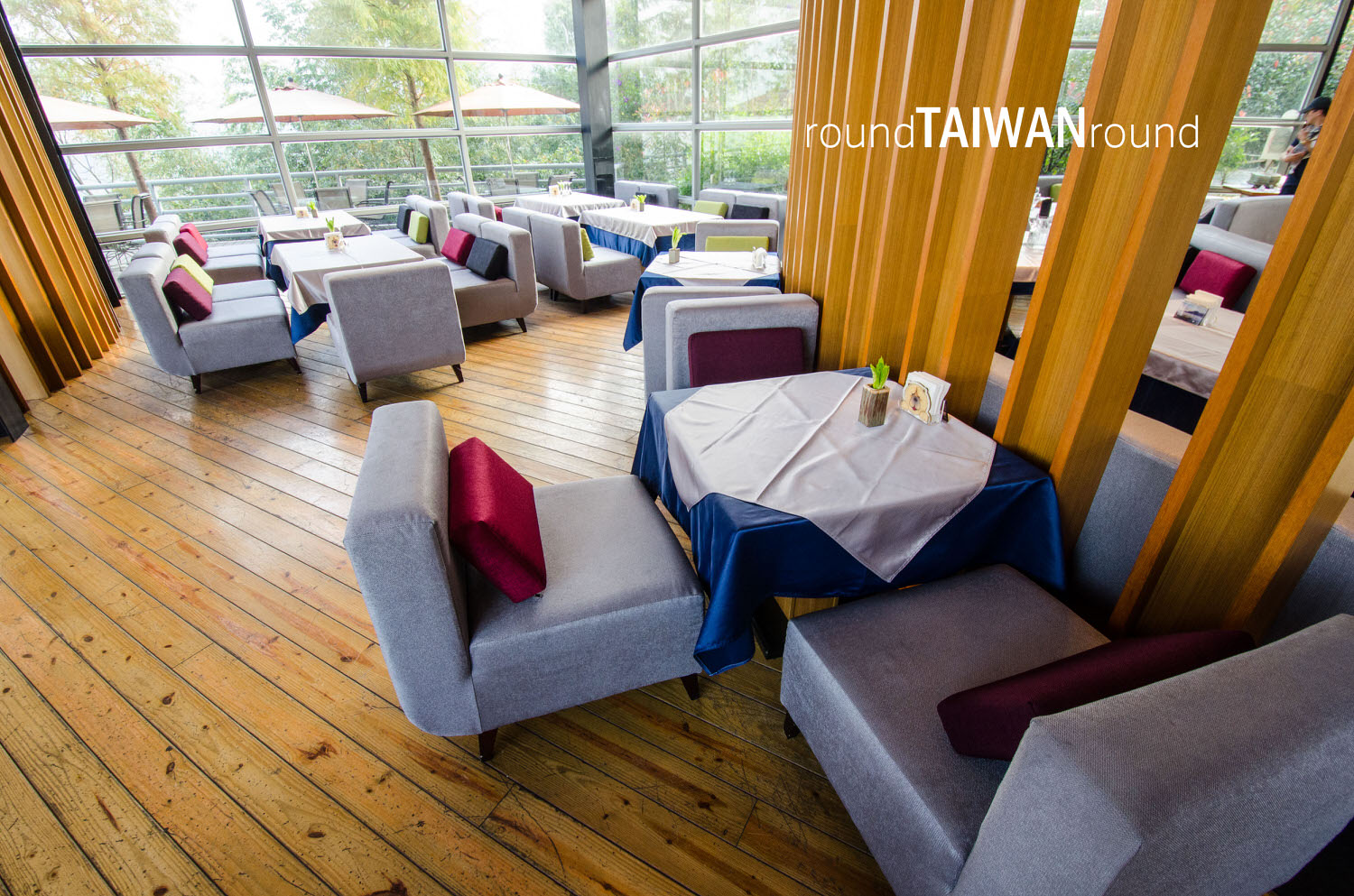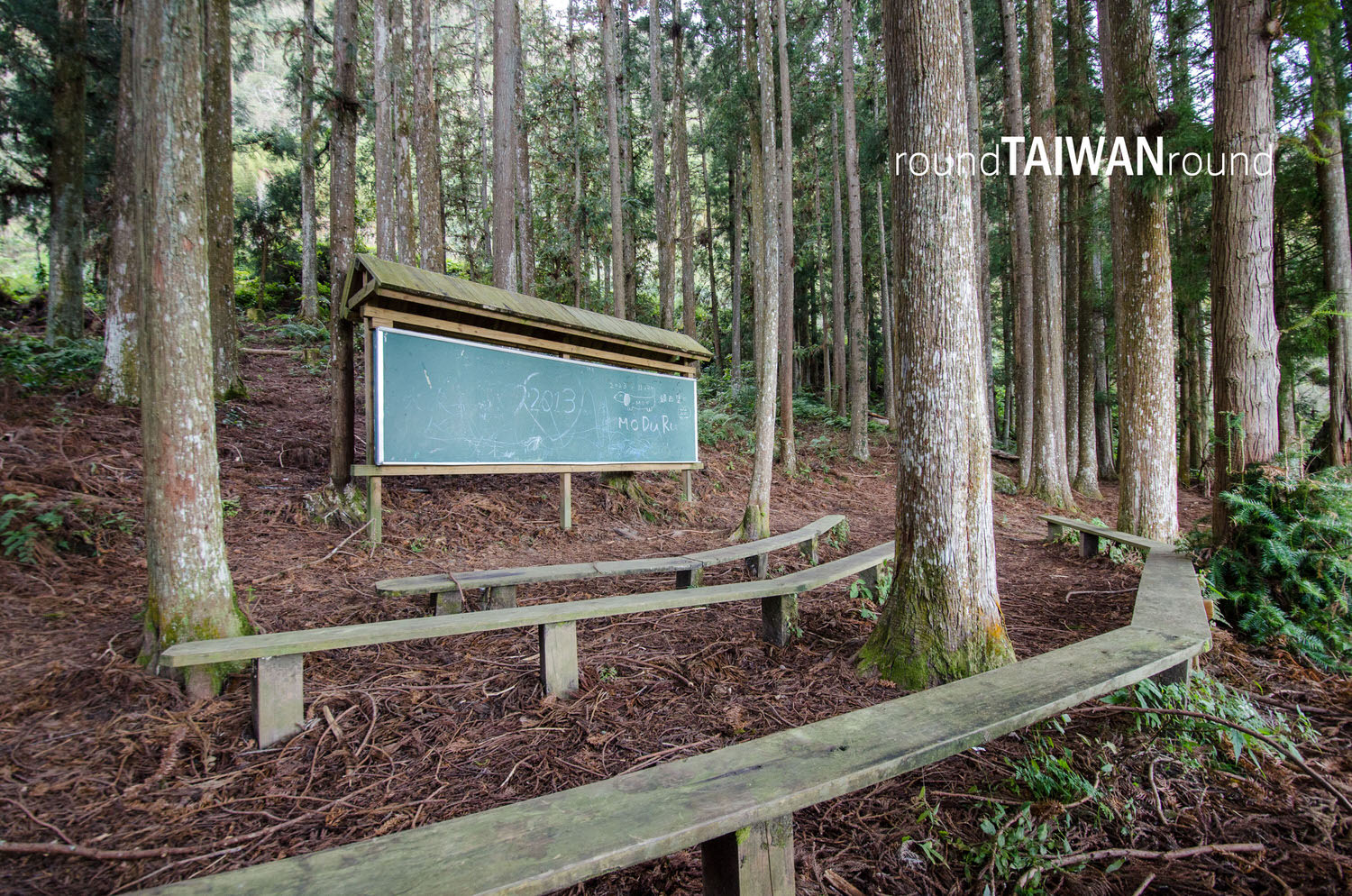The Hsinchu City Glass Museum, commonly referred to as the Glass Museum, is located in the northwest of the park in the East District of Hsinchu City. The museum's history dates back to 1936 when it served as the Hsinchu Prefectural Autonomous Association Hall, hosting members of the Japanese royal family and senior officials. Over the years, the building has been repurposed several times, and in 1995, it was transformed into a glass craft museum aimed at preserving and promoting the cultural heritage of Hsinchu's glass industry.
The exhibition area of the museum focuses on glass craftsmanship from the Hsinchu region, featuring a variety of glass products along with their characteristics, components, and manufacturing processes. The exhibits not only showcase physical items but also use models to help visitors understand the evolution of glassmaking. Additionally, the hands-on glass workshop is designed specifically for the public, equipped with kilns and processing tools, allowing visitors to personally experience the glass-making process and appreciate the unique charm of glass art.
Moreover, the Hsinchu City Glass Museum places great emphasis on its educational role, offering a range of workshops that attract visitors of all ages. Through guided tours and various educational activities, the museum fosters an appreciation for glass art among the public, enabling participants not only to admire artistic creations but also to engage in hands-on creation. In terms of accessibility, the museum has considered the needs of different types of visitors and is equipped with accessible restrooms and pathways, ensuring that everyone can enjoy their visit with ease.
In terms of transportation, the museum is about a 15-minute walk from Hsinchu Train Station, or visitors can conveniently reach it via public transportation such as the Hsinchu Bus. Nearby attractions include Hsinchu Park and the Confucian Temple, making the Glass Museum an ideal destination for tourists. Not only does it showcase the artistry of glassmaking, but it also represents an important part of Hsinchu's cultural history, drawing numerous visitors to explore and learn.
